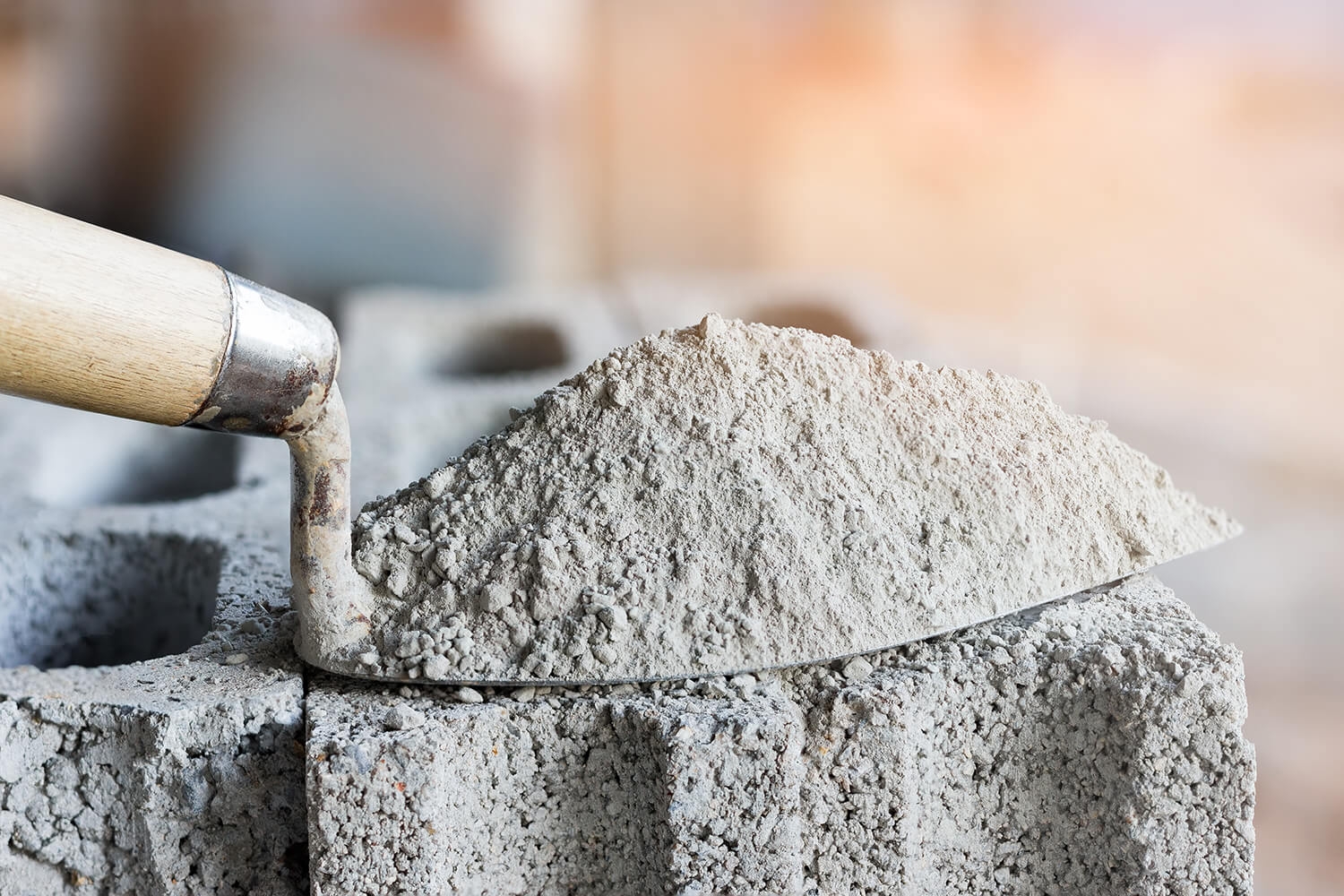Global cement production accounts for 7% of annual greenhouse gas emissions. To make portland cement, the most common type of cement, limestone is extracted from large quarries and burned at high temperatures, releasing large amounts of carbon dioxide.
“We make more concrete than any other material on the planet,” said Wil Srubar, lead principal investigator on the project and associate professor in Civil, Environmental and Architectural Engineering and CU Boulder’s Materials Science and Engineering Program.
“We use it for roads, bridges, building foundations, columns, and beams. Concrete is literally the foundation of modern civilization,” Srubar said.
The research team found that they were able to replace quarried limestone with biologically grown limestone — a natural process that some species of microalgae complete through photosynthesis.
Certain species of microalgae form protective limestone armor around their cell bodies, Srubar said. The microalgae use calcium in seawater, as well as atmospheric carbon dioxide that is also dissolved in seawater, to form the limestone shells.
By using biogenic limestone grown in the lab instead of quarried limestone as the filler, portland cement could become not only net neutral, but also carbon negative by pulling carbon dioxide out of the atmosphere and storing it permanently in concrete.
Srubar is growing the algae in his laboratory in small cultures. Researchers are also growing the algae in larger cultures with partners at the University of North Carolina Wilmington’s Algal Resources Collection.
If all cement-based construction around the world was replaced with biogenic limestone cement, each year, much less carbon dioxide would be pumped into the atmosphere.
“We can also replace up to 15% of the cement with more CO2-negative limestone as a filler … which would allow us to store CO2 in permanent form, thereby creating a carbon-negative concrete,” Srubar said.
The CU Boulder engineers and their colleagues at the Algal Resources Collection at the University of North Carolina Wilmington and the National Renewable Energy Laboratory have been rewarded a $3.2 million grant from the U.S. Department of Energy’s Advanced Research Projects Agency-Energy.
The research team was also recently selected by the energy department’s HESTIA program to develop and scale up the manufacturing of biogenic limestone-based portland cement toward a zero-carbon future. They are currently focusing on maximizing the productivity of select strains of algae, Srubar said. HESTIA stands for Harnessing Energy into Structures Taking Inputs from the Atmosphere.
“We have plans to scale our (algae) cultivation to large open ponds, which will enable us to produce limestone on the order of tons,” Srubar said. “What’s exciting is that our solution is plug-and-play with modern cement manufacturing. We’re simply asking cement producers to switch from quarried limestone to a new, carbon-negative source.”
(Source:dailycamera)















